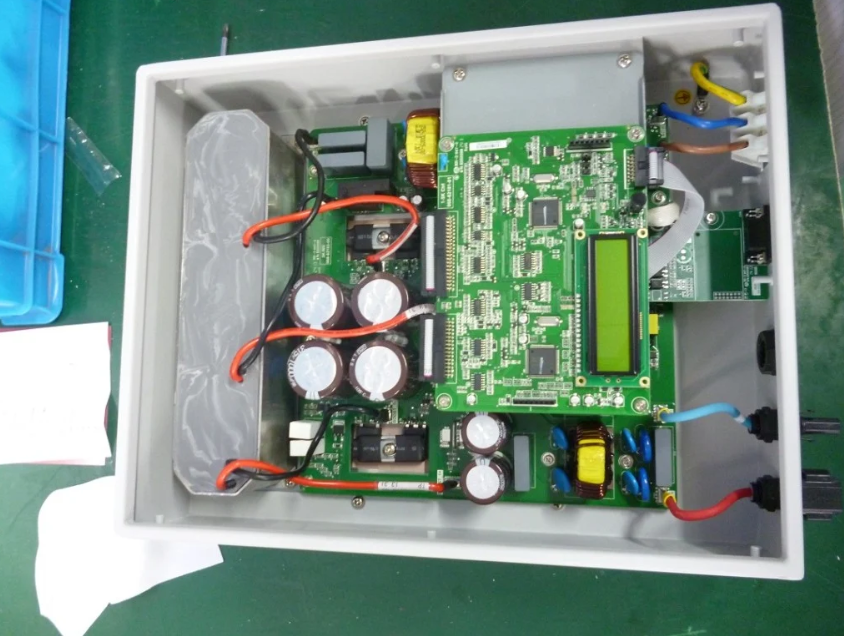Unveiling Precision: The Significance of Inverter Testing in Electrical Systems

Inverter systems play a crucial role in converting direct current (DC) power into alternating current (AC) power, making them essential components in various electrical applications. From renewable energy systems to industrial machinery, inverters ensure efficient power conversion and distribution. However, ensuring the reliability and performance of these systems requires rigorous inverter testing procedures. Let’s delve into its importance in electrical systems and why it’s essential for ensuring safety, reliability, and efficiency.
1. Ensuring Compliance with Standards
Electrical systems must comply with stringent safety and performance standards to ensure reliable operation and prevent hazards. Inverter testing helps verify that inverters meet regulatory requirements and industry standards, such as IEEE, IEC, and UL standards. By subjecting inverters to comprehensive testing protocols, manufacturers can demonstrate compliance with these standards, giving users confidence in the safety and reliability of the equipment.
2. Identifying Design Flaws and Defects
During the development and manufacturing process, inverters may be prone to design flaws, defects, or manufacturing errors that can compromise their performance and reliability. Inverter testing allows engineers to identify and rectify these issues before the equipment is deployed in real-world applications. Through rigorous testing procedures, such as thermal cycling, vibration testing, and accelerated aging tests, potential weaknesses and vulnerabilities can be identified and addressed, ensuring robust performance and longevity.
3. Evaluating Performance Under Load Conditions
Inverters are subjected to varying load conditions in real-world applications, ranging from light loads to full capacity operation. They evaluate the performance of inverters under different load conditions to ensure they can handle the demands of the intended application. By simulating real-world scenarios and assessing factors such as efficiency, voltage regulation, and harmonic distortion, testing helps verify that inverters perform reliably and efficiently under all operating conditions.
4. Ensuring Safety and Mitigating Risks
Faulty or malfunctioning inverters can pose safety risks, such as electrical shocks, fires, or equipment damage. Inverter testing helps mitigate these risks by identifying potential safety hazards and failure modes before they occur. Through insulation resistance tests, leakage current tests, and ground fault detection, testing ensures that inverters meet safety requirements and operate safely in various environments, protecting personnel and property from harm.
Conclusion
In conclusion, inverter testing is a critical aspect of ensuring the safety, reliability, and performance of electrical systems. By verifying compliance with standards, identifying design flaws, evaluating performance under load conditions, enhancing reliability, and ensuring safety, testing plays a vital role in the development, manufacturing, and deployment of inverters. If you’re involved in the design, production, or maintenance of electrical systems, investing in comprehensive inverter testing is essential to ensure optimal performance and peace of mind.
Copyright © Rain Stone LLC All Rights Reserved